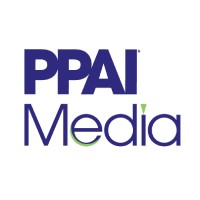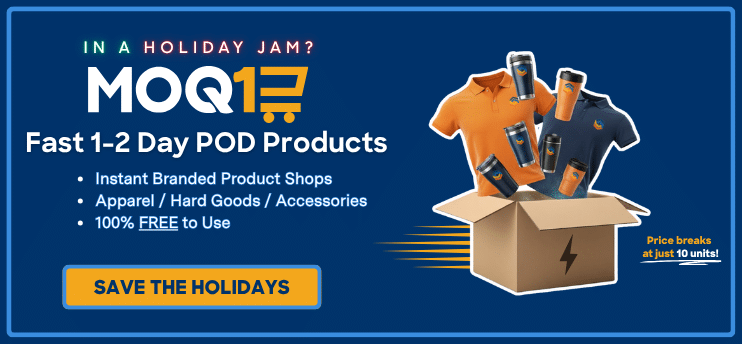When prospecting, is it better to hit send or pick up the phone? Cold emails are quick and low-pressure. Cold calls, on the other hand, allow you to build trust and handle objections. While choosing the better option can feel like a coin toss, it’s really not an either/or option. It’s really about choosing the right channel at the right time.
Michael Welch contributed a piece to the HubSpot Sales Blog that explains some pros and cons of emailing and cold calling. Both are effective prospecting tactics, he says. The difference often comes down to volume and convenience versus directness and immediacy. So, how do you decide which option is best? We share Welch’s guidance in this issue of PromoPro Daily.
Time and day of the week. Should you email or call? Welch recommends consulting a calendar or a clock. Someone is more likely to answer their phone later in the workday and workweek. He suggests reserving 3 PM and later in the prospect’s time zone on Thursday and Friday as your prime calling hours. When it comes to emails, you have a shorter but more frequent window. Welch suggest scheduling emails to go out either 10 minutes before the hour or 10 minutes after the hour. These brief windows correspond with people leaving or going to meetings. This is a good time to send because people typically scroll email in those few minutes before or after meetings.
The ask. Welch advises considering what you want to get from the outreach. For example, are you looking to schedule a meeting? Get a referral? He says strong asks require more commitment and action from the prospect while weak asks are more informational in nature. If you have a strong ask, pick up the phone. And if you’re asking for something simple, draft an email.
The level of the prospect. When choosing between emailing and calling, consider who you want to reach. Lower-level professionals are often away from their desks, whether they’re traveling or in meetings, so Welch advises communicating with them asynchronously through email. If you’re reaching C-level executives, he suggests calling. This gives you the best chance at connecting with someone, even if it’s an assistant.
The buyer persona. Some buyer personas prefer one communication style over others. This preference depends on many factors, like their age, the nature of their job and their industry. Welch says that, in general, millennials prefer email over phone. And those in customer-facing roles tend to prefer talking on the phone. That’s simply what they’re used to.
The deal momentum. Are things moving quickly? An email to check on the status of a task or request shouldn’t stall your deal. However, if the prospect isn’t responding or facing many levels of bureaucracy, Welch says it might be better to pick up the phone.
There’s no one-size-fits-all answer when it comes to choosing between cold calls and emails. Each tool shines in different scenarios. The best sales reps don’t choose a single channel but adapt based on the audience and goal. In the end, it’s about making your prospects feel heard and ready to take the next step with you.
Compiled by Audrey Sellers
Source: Michael Welch is a sales and marketing leader who contributes to the HubSpot Sales Blog.


